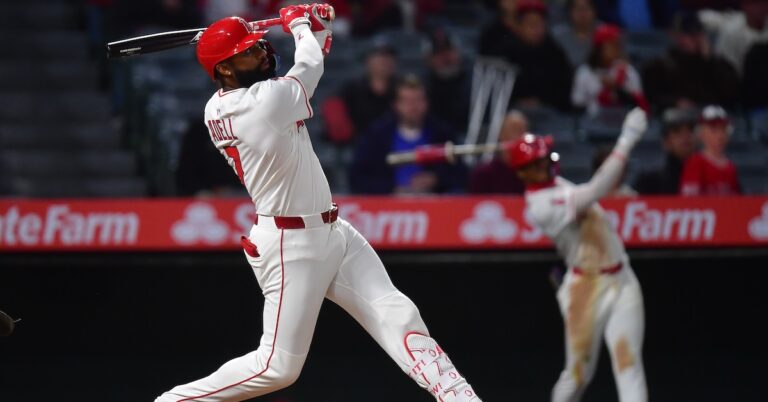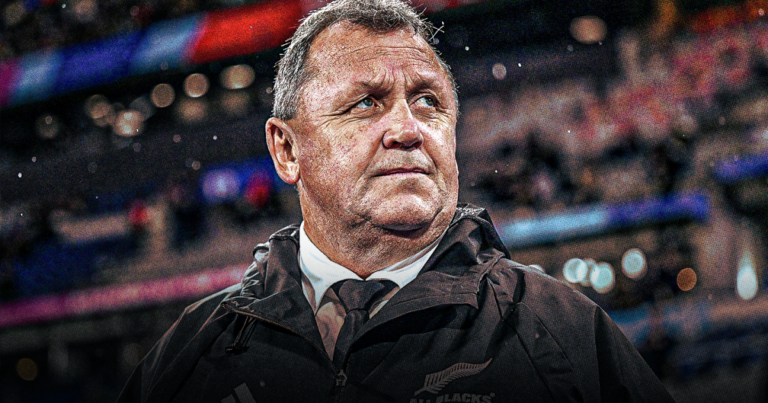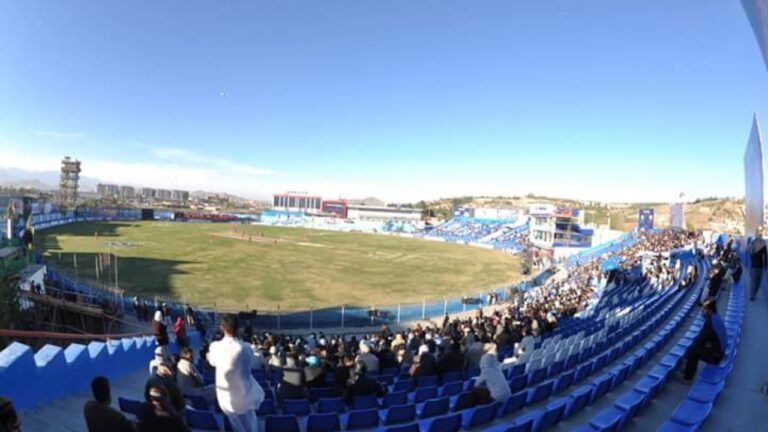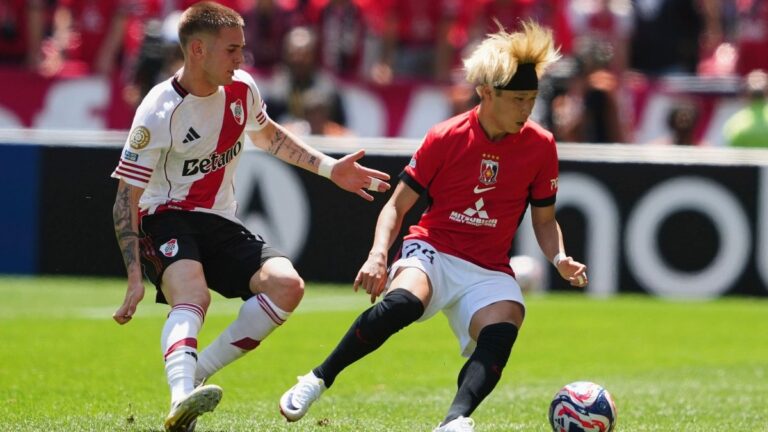

On Monday night in Los Angeles, Shohei Ohtani made his first major league start for the Dodgers. For any other starter signed before the 2024 season, that would be a disastrous sentence to type. Ohtani, of course, became the charter member of the 50/50 club, won the National League MVP, and then helped his team win the World Series. But he came to the Dodgers to hit and pitch, not just to play DH, and last night marked a key step in that process, his first game action as he rehabs from a 2023 elbow surgery.
I watched every pitch of Ohtani’s one-inning outing to compile a report. Obviously, these are the observations of a data analyst, not a scout. I’ve supplemented them with the Statcast and pitch model data generated overnight. I’m not the type to ignore the numbers, but realistically speaking, 28 pitches isn’t enough for a real sample, so the data is more supporting than primary. I’ll start with my first impressions, walk through each of the four pitch types Ohtani threw, and then share some general conclusions.
First Impression
Ohtani was giving rusty high-leverage reliever vibes to me right from the start. He opened the game sitting 98 mph and leaning fastball-heavy, with nine of his first 10 pitches sinkers or four-seamers. He seemed dissatisfied with his fastball command, yanking several to his glove side, and picked up his sweeper usage thereafter. He ended up throwing more sweepers than anything else, though that’s partially because he split his fastballs into two varieties. He worked out of the stretch after the first batter he faced and displayed mechanics that, to my eye, were the same as his pre-injury delivery. Still, he failed to work out his command jitters, and his fastball wasn’t the only pitch that he kept pulling too far glove side. Take a look at the chart:

That said, we can still glean some insight into his mix (even if a lot of his pitches ended up in the left-handed batter’s box) and see if Ohtani has changed anything about his overall game since the last time he pitched.
Sweeper
Count: 10
Velo: 84-88 mph, topped out at 89
Average Movement: +6.1 inches horizontal, +2.9 inches vertical
Ohtani’s sweeper was his best pitch in 2023 any way you slice it, and for my money, it looks no worse for the layoff, and maybe even better. It’s a true sweeper, with plus horizontal break. It’s too soon to say anything about Ohtani’s eventual arsenal with authority, but he’s added two to three ticks to his sweeper since 2023 and hasn’t sacrificed much of its bite in doing so. Manny Machado managed to get a bat on this one, but you can see both the velo and movement:

That’s the good case, and PitchingBot agrees with my assessment, giving Ohtani’s slider a 77 on the 20-80 scouting scale. Stuff+ was effusive as well, giving it a 143 (100 is average), higher than in any previous full season of his career. Uh, yeah, that’ll play. But while the highs were very high, Ohtani’s sweeper location was inconsistent. He hung a few, most notably middle-middle on the first pitch to Machado. He yanked a couple too far to his glove-side, though he and Will Smith were smart about trying those sweepers in counts where bouncing one or sending it wide were acceptable outcomes.
Command is a tricky thing to regain, and I didn’t expect to see it from Ohtani in his first start back. His feel for the pitch was better than I expected, in fact. The Padres made contact on five of their six swings, but three of those were on poorly located offerings and the other two were Machado taking lunging swings outside the strike zone to put a bat on it.
Four-Seam Fastball
Count: 9
Velo: 98-99 mph, topped out at 100
Average Movement: -3.3 inches horizontal, +8.0 inches vertical
Ohtani’s four-seamer was piping hot last night, sitting in the upper 90s and topping 100 when he reached back for extra. Unfortunately, he had very little command of it. The top line is great – two swinging strikes in nine pitches! But, well, here’s one of them:

I’m truly not sure what Luis Arraez was thinking there, but “I’ll take this pitch if it’s a ball” certainly wasn’t part of it. That four-seamer looked like a lot of Ohtani’s misses with the pitch. He stayed on everything too long, and only managed to land two of his nine four-seamers in the strike zone, with the other seven all off the edge towards the left-handed batter’s box. His inability to spot the pitch clearly frustrated him, and he used it less as the inning wore on.
Location shakiness aside, that’s a good pitch. It has plenty of life, and obviously the velocity doesn’t hurt. In pitch model terms, PitchingBot says it has 63 stuff but literally 20 location, and I have a hard time arguing with either of those. Stuff+ had it at 98 stuff (I disagree) and 68 location (sure). Command often takes longer to return after rehab, and Ohtani’s rehab is surely one of the most complicated in history thanks to the fact that he’s also hitting at an elite level while doing it. Finally, here’s a four-seamer in the zone so you can see how it looks when it’s not at ankle height:
Sinker
Count: 8
Velo: 97-98 mph, topped out at 99, dropped to 95 late
Movement: -9.1 inches horizontal, +2.9 inches vertical
Ohtani added a sinker at the end of 2022, but he didn’t use it much either that year or the next. Time will tell how much he integrates it into his arsenal this year, but in the early going, he had meaningfully better feel for it than his four-seam fastball. He opened the game with a trio to Fernando Tatis Jr., but I can’t quite track the plan after that – he threw more sinkers to the two lefties he faced than the two subsequent righties, which isn’t usually how you’d draw it up.
While the usage was confusing, I thought the pitch looked great. Unlike his four-seamer, he had a reasonable feel for location with the two-seam variety. I was jotting down how impressed I was with this pitch even as Arraez turned it around for a single:

That’s why you don’t throw a sinker to a lefty; the shape and Arraez’s natural desire to swing combined poorly for Ohtani there. But that’s one result, against one unique hitter, and he was able to keep the ball low and around the plate, with far more touch than his four-seamer. It’s a heavy sinker, too, with three inches more drop than its comparables.
Before this year, Ohtani’s sinker was nothing more than an afterthought. He threw it 6% of the time in 2023, and that was his career high, what with him having developed it in late 2022 and all. I’m not sure whether the usage is way up because he’s still regaining confidence in his secondaries or whether it’s here to stay, but quite frankly, I think it might be his best fastball right now. The models agree, with PicthingBot giving it a 70 and Stuff+ a 113, both elite numbers for a sinker. Mixing fastball varieties depending on count and handedness is all the rage, and Ohtani seems to have added to his ability to do so during his rehab.
Splitter
Count: 1
Velo: 91 mph
Movement: -7.8 inches horizontal, +1.0 inches vertical
Nothing to see here, folks. Ohtani threw one splitter, in an 0-2 count, and spiked it:
I have to say, that looked pretty even though it didn’t draw a swing. A few inches higher on the initial trajectory, and Gavin Sheets might still be pinwheeling from a swing. But also, yes, the ball bounced, and Ohtani gave a little sigh of annoyance after throwing it, if you’re curious how he felt about it.
I’m hesitant to give you my visual impressions of a pitch with just one to look at, particularly a splitter, which by its very nature has a wide-ranging movement profile. One thing I can say for certain is that Ohtani threw it 91 mph, but I can’t even tell you how notable that is. His splitter velo range in 2023 was 83-95; he’s always been capable of speeding it up or slowing it down as appropriate.
I’ll be looking for either more splitters or some cutters the next time Ohtani pitches, so we can get a better idea of the state of his full range of options. But in a one-inning burst, in his first time back on a big league mound in quite a while, I think his approach was reasonable: bring the pitches you trust most, maybe throw in a splitter or two if you get a great count to go hunting for a strikeout, but mostly stick to your bread and butter. I won’t bother with the model grades here; again, it was one pitch.
General Conclusions
Ohtani looked like a good starter returning from surgery. Whether he was just amped for the game, reached back for a little extra in a short stint, or has added lasting velocity across the board is an open question, but I’d guess that it’s mostly a mixture of the first two. He had visibly tired by the end of the 28-pitch inning and guided the last few sinkers in. As he works up to longer starts, I expect his average pitch velocity will decline across the board, with the possible exception of his sweeper; I think he’ll still hit triple digits with his fastball, but sparingly.
Clearly, Ohtani struggled with feel in his outing. The host of glove-side misses suggests to me that he’s still getting used to his new delivery and new elbow at maximum effort. I don’t have arm angle data yet, but even though his motion looks very similar to my eye, he’s releasing every pitch lower this year. Many pitchers drop their slot slightly while they ramp up after UCL reconstruction, and while Ohtani had a slightly different surgery, it would hardly be surprising to see him follow the same trend.
Ohtani looked annoyed at the misses, but otherwise didn’t appear to be laboring on the mound at all, something I always keep an eye on when pitchers are adapting back to game speed. He took an awkward step off the mound when he thought he’d need to cover first on a grounder, but it didn’t appear to affect him at all, and he vehemently declined the offer of a trainer’s visit.
Overall, I thought Ohtani looked excellent. Command is tough to get right quickly; it takes a lot of time and a lot of pitches. Stuff is more stable, more predictive, and Ohtani certainly isn’t missing stuff. His sweeper has bite. His sinker, in particular, looked awesome to me. He hit 100 when he reached back for it and flashed good location on occasion even as he battled his command. One inning doesn’t prove anything, but results aside, I thought this was a good, albeit rusty, outing.






